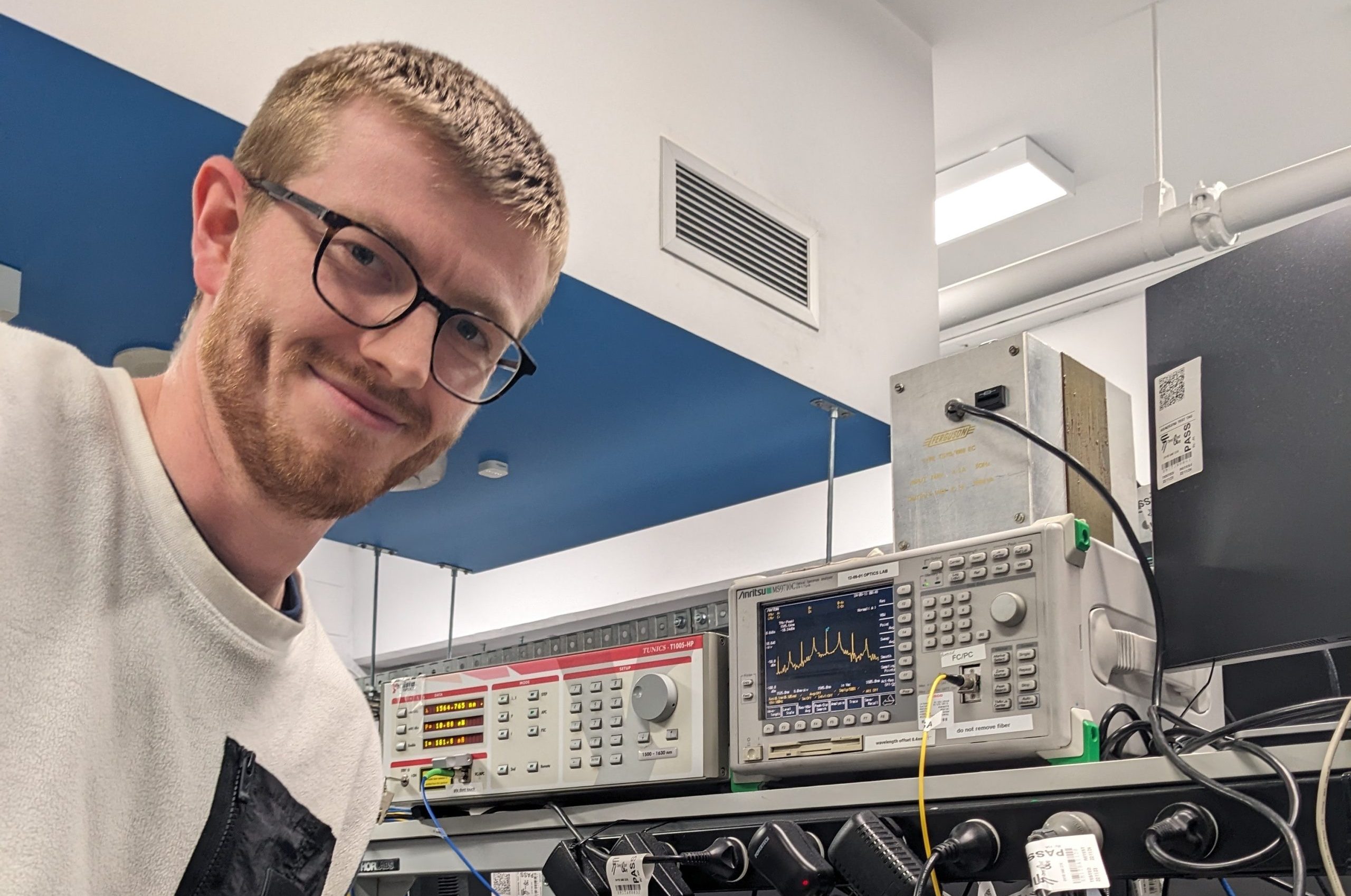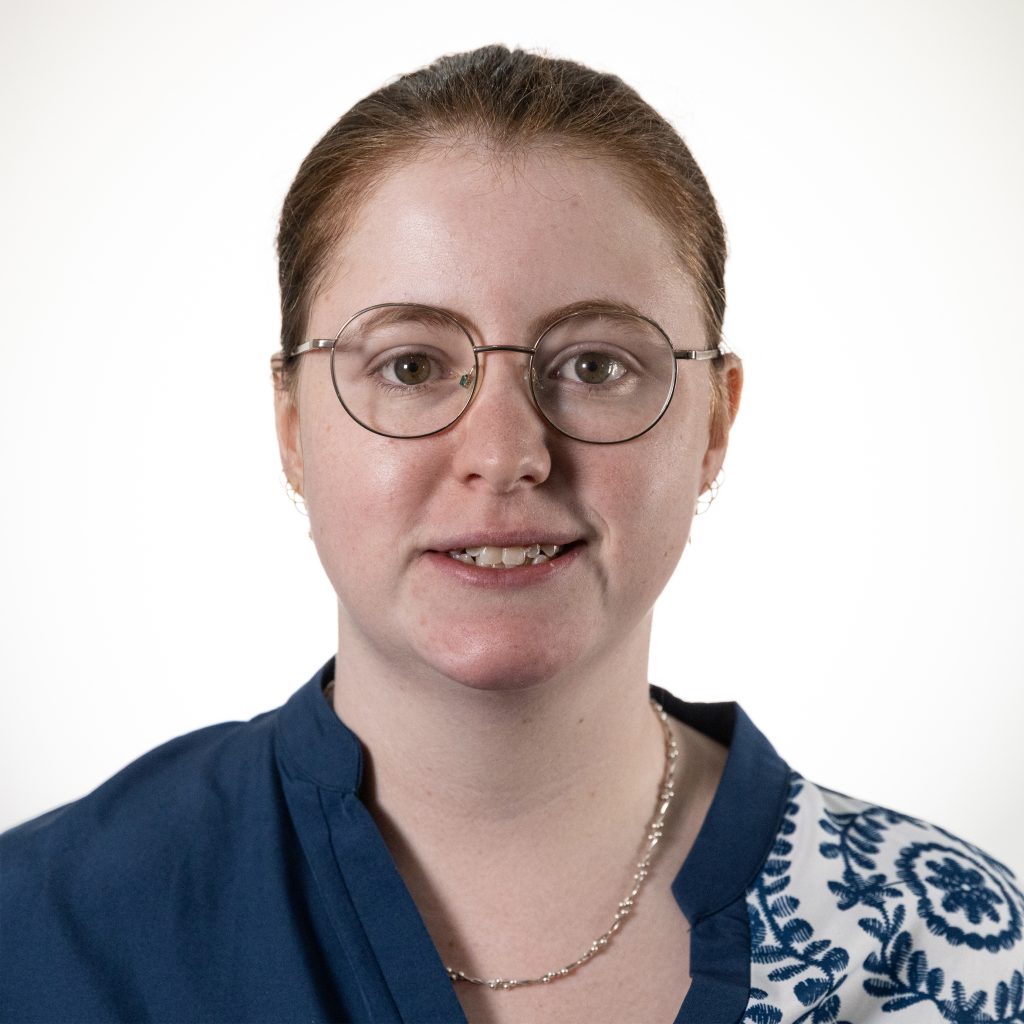Helping astronomical observatories never miss a night’s sky
By bringing together laser physicists and astronomers – two fields that rarely intersect – our team is developing more robust and accessible measurement equipment to ensure astronomical observatories never miss a night’s sky.
The challenge
Missing nights of astronomical data can skew results
The world’s best astronomical observatories need to be situated in remote areas and high above low clouds where it is often very cold.
When they’re working, they have the potential to measure tiny changes in stars that could help us to discover Earth-like planets, or track cosmic gas to detect the Universe’s accelerating expansion in real time.
To capture this data, the observatories’ measuring equipment – called an astrocomb – needs to operate 24/7 for decades – to ensure no tiny measurements are missed.
But current measurement equipment on these observatories often breaks, causing data gaps, but also costly repairs that require specialist expertise.

Toby Mitchell and a Soliton crystal scope
Our response
Bringing together an unlikely team to create more reliable measurement tools
Our team is working to make astronomical observatories’ measuring equipment more reliable and user-friendly, enabling uninterrupted, stable measurements of the Universe.
To overcome this technical challenge, laser physicists need to grasp real-world challenges, while astronomers need to understand the engineering constraints. This is difficult in a context where these two disciplines rarely intersect.
Thanks to the 7-year Centre of Excellence structure, which focuses on bringing wide-reaching disciplines together, these two research areas can collaborate much more easily.
An early career researcher with a background in astronomy and engineering, Toby Mitchell, is helping to bridge that gap.
The results and current progress
A step towards a fully stabilised, reliable reference for our telescopes
Toby acts as the bridge between the Science and Technology and Astrocombs themes, and is able to quickly shift between the end-user and the technologist role.
The priority is to make astrocombs more robust. Currently, even a slight touch or breath on the lab bench might stop the astrocomb working.
Pairing astrocombs with microcomb technology has already shown progress, where even after major disruptions – like banging your hand on the lab bench – a microcomb can retain operation.
The goal is to create a fully stabilised astrocomb. This could allow observatory measurement equipment to operate uninterrupted for decades – ensuring no night sky is missed in the search for Earth-like planets or real-time observation of the Universe’s accelerating expansion.

Fully stabilised astrocombs will help researchers to continuously explore the universe.




